Cycle Start Guide
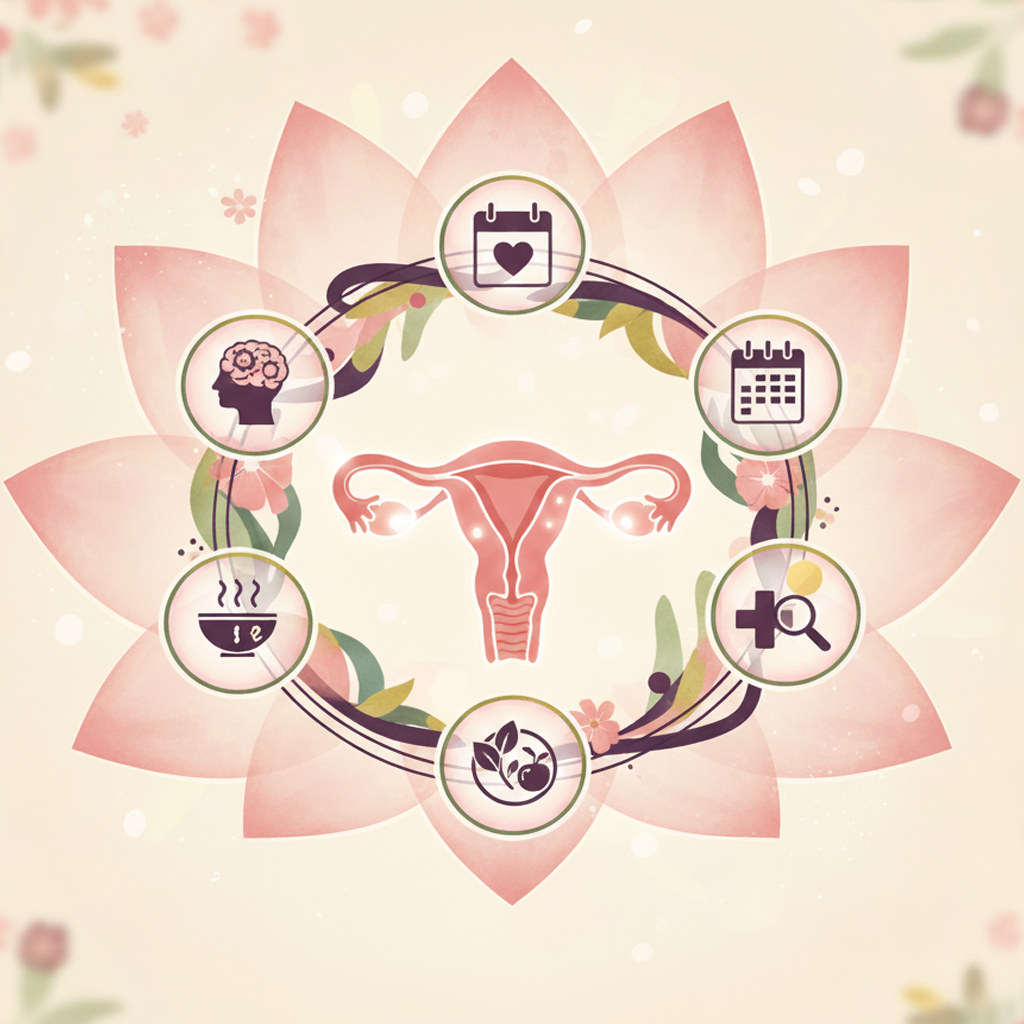
Tracking your menstrual cycle is a simple yet powerful way to understand your reproductive health. This guide helps you start effectively, predict ovulation, and spot patterns for better well-being.
1. Get Started: Choose Your Tracking Method
- Pick a Tool: Use a mobile app, a calendar, or a notebook. Apps provide reminders and insights, while paper tracking is great for simplicity.
- Mark Day 1: The first day of your period (full flow, not spotting) is Day 1. Note the date clearly to begin your cycle tracking.
2. What to Track Daily
Record these details consistently to understand your cycle:
- Flow Intensity: Log if it’s light, medium, or heavy.
- Symptoms: Note physical signs (e.g., cramps, bloating, fatigue) and emotional changes (e.g., mood swings).
- Duration: Track how many days your period lasts.
- Lifestyle Factors: Jot down stress, diet, exercise, or sleep patterns, as these can influence your cycle.
Tip: Use a simple scale (e.g., 1-5 for pain or flow) to make tracking easier and comparable.
3. Build a Baseline
- Track for 3-6 Cycles: Most cycles last 21-35 days, but yours may vary. Logging for several months establishes your average cycle length and ovulation timing.
- Why It Matters: A baseline helps predict fertile windows (for conception or natural birth control) and highlights irregularities.
4. Benefits of Tracking
- Health Insights: Spot early signs of irregularities, like unusually short/long cycles or severe symptoms, which may need attention.
- Empowerment: Gain confidence by understanding your body’s patterns and how lifestyle impacts them.
- Medical Support: Accurate records help healthcare providers diagnose issues if needed.
5. Pro Tips for Success
- Stay Consistent: Set daily reminders (via app or routine) to log entries.
- Add Context: Note life events (e.g., stress, travel) to connect with cycle changes.
- Use Tech: Pair with wearables like smartwatches to track sleep or activity for deeper insights.
- Be Flexible: Missed a day? Pick up where you left off—small gaps won’t derail your progress.
6. When to Seek Help
Consult a healthcare provider if you notice:
- Cycles consistently shorter than 21 days or longer than 35 days.
- Severe pain, heavy bleeding, or symptoms affecting daily life.
- Missed periods without pregnancy or clear causes.
7. Why It’s Worth It
Tracking your cycle organizes your health data and builds self-awareness. It’s a small habit that empowers you to make informed choices about your body and well-being.
Start Today: Choose a tool, mark Day 1, and take control of your menstrual health!
Related Articles

Week 2 - Embryonic Stage
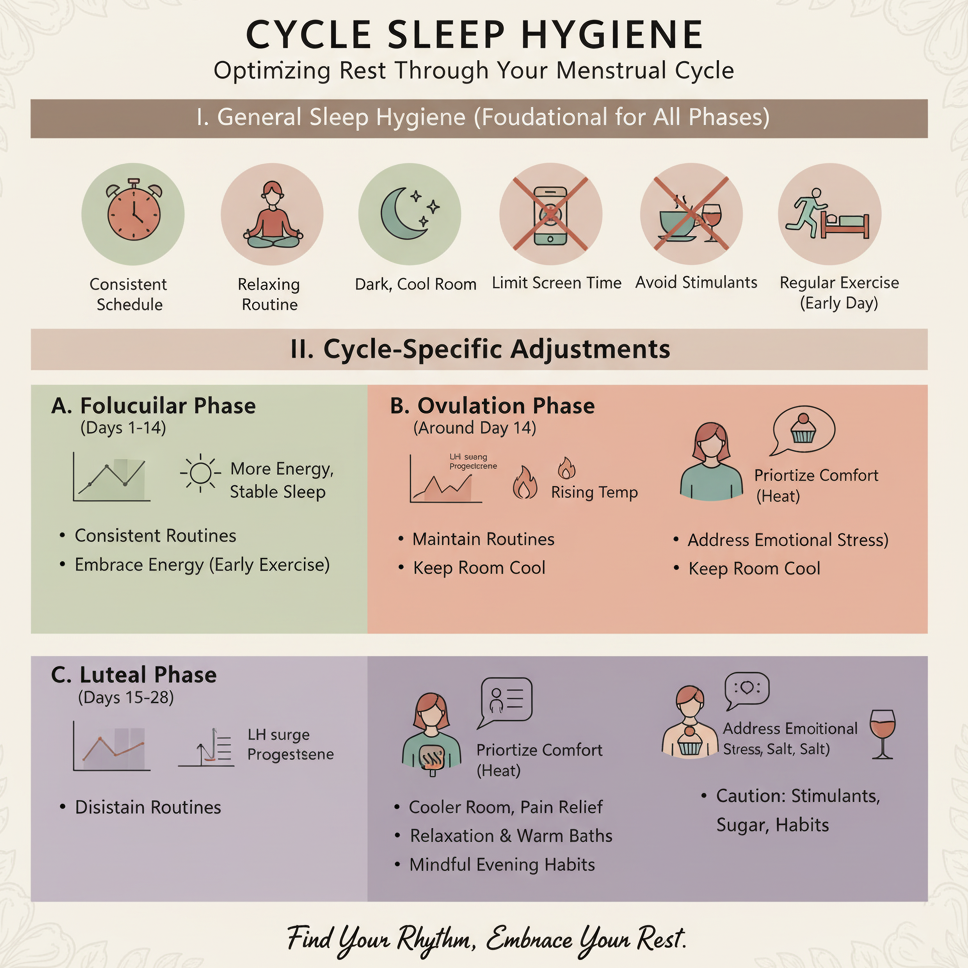
Cycle Sleep Hygiene

Cycle Self-Care Rituals
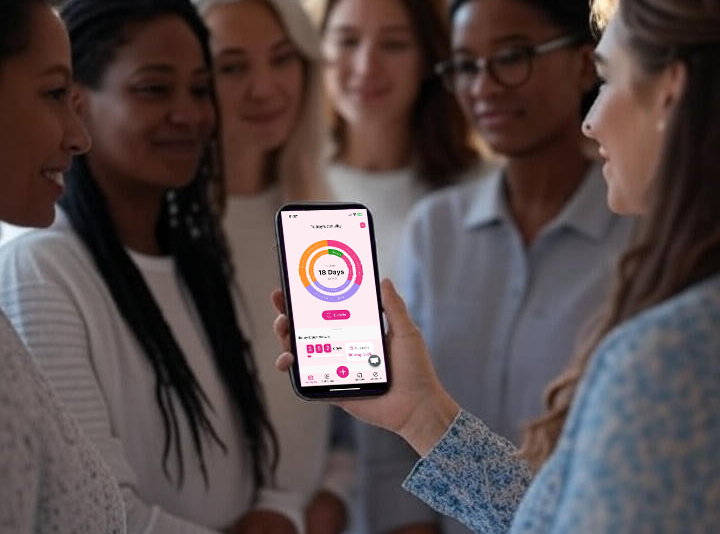
Revolutionizing Menstrual Health Management

Week 8 - Major Organs Develop

Fertility Signs
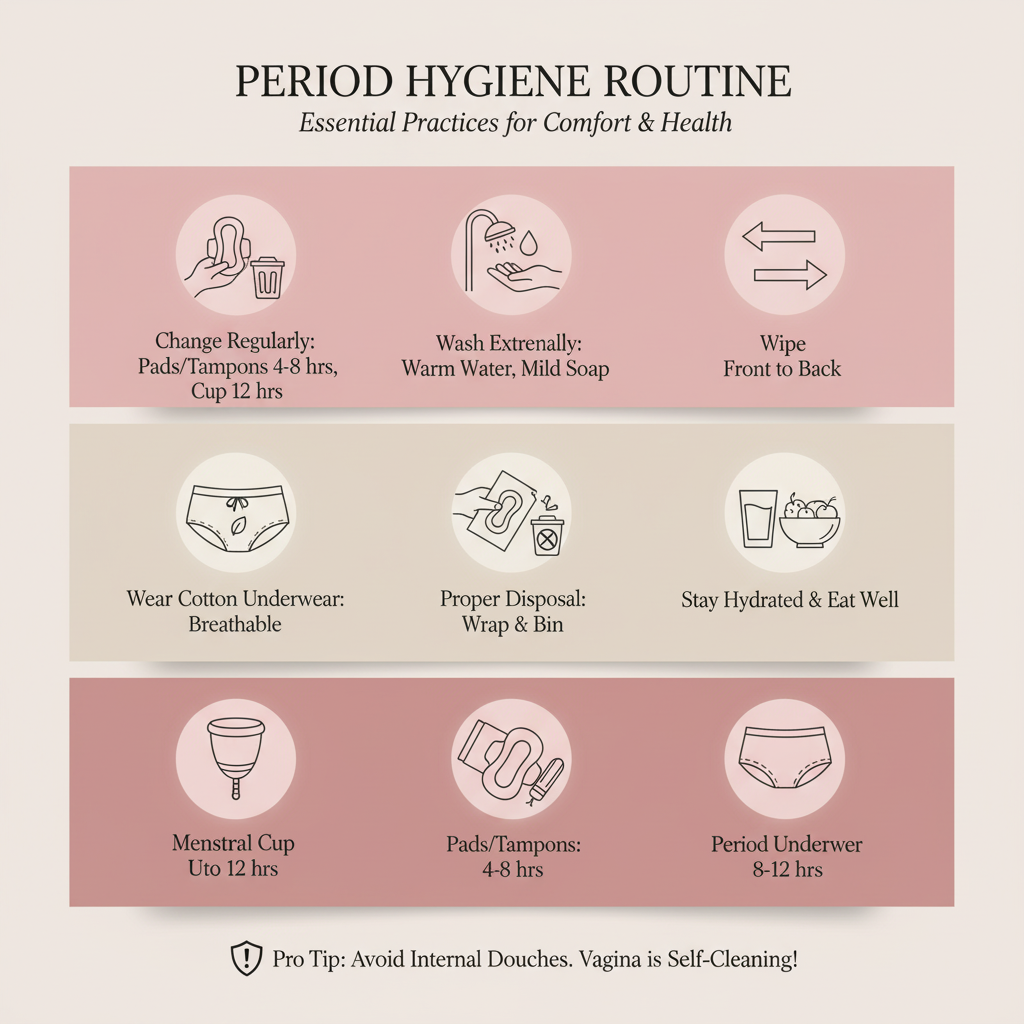
Period Hygiene Routine
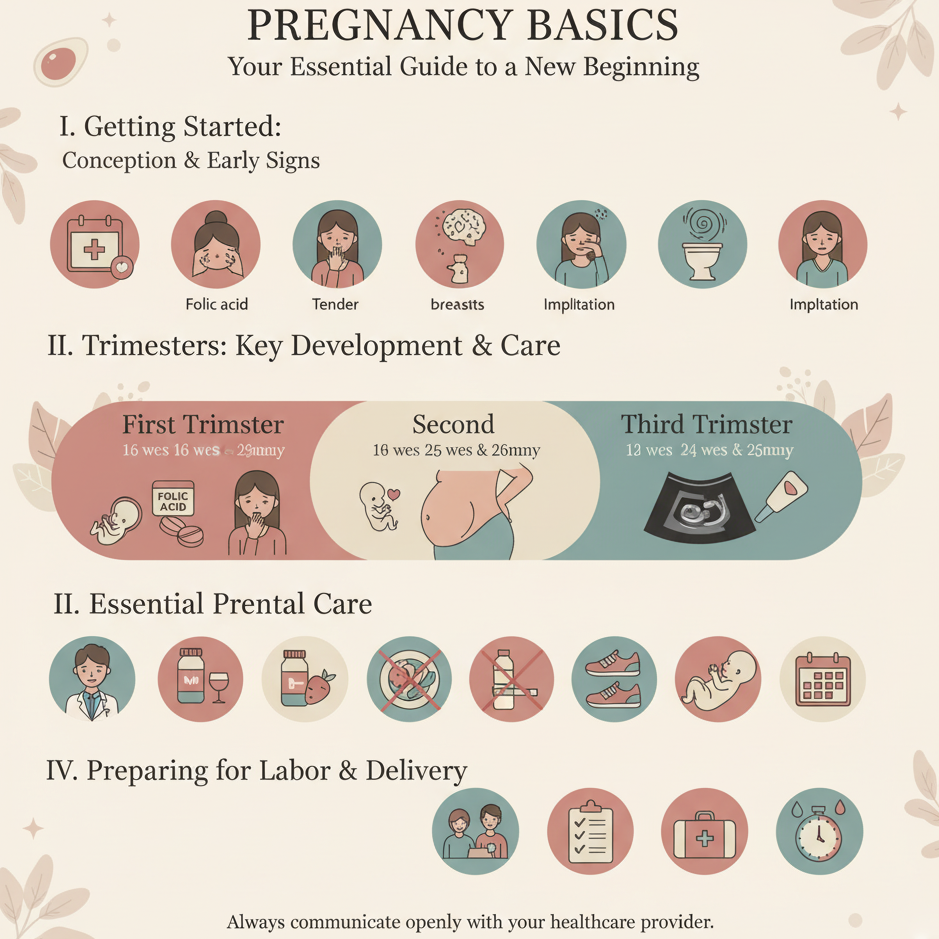
Pregnancy Basics